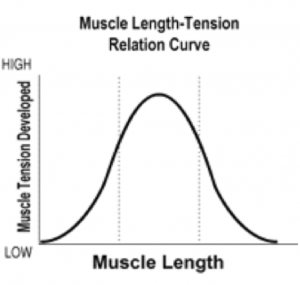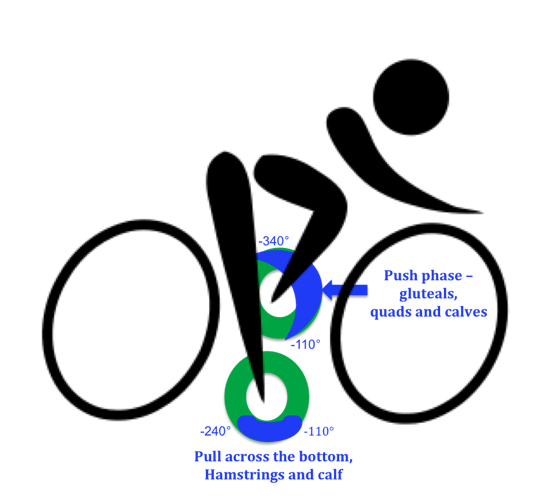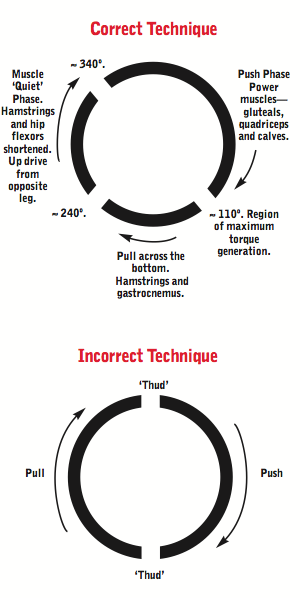By Team @ Physio On Miller
Blog
With the London games well underway, the athletes are primed and ready to go but the big question is are you?
With 38 sports and with thousands of athletes competing full throttle to win that coveted gold medal we’re sure that you will have an interest in at least one sport. With all sports can come the disappointment of injury; which unfortunately occurs in us amateur athletes as well. Below is a look at a couple of sports that you or your kids may participate in socially that will feature throughout the next 17 days of Olympic competition.
SWIMMING
Our swimmers are regarded as some of the world’s best, but with the many km’s in the pool, injuries can occur with one of the most common shoulder injuries being impingement. This is when the tendons of the rotator cuff become compressed in the space just below the tip of the shoulder. This produces a sharp localised pain which can lead to further tearing and degeneration of the tendons should it be left untreated. As like most injuries it can be brought about by a poor stroke technique, increased training load, or reduced muscle strength around the shoulder girdle to name a few.
Initially treatment would involve avoiding aggravating activities .i.e. freestyle stroke and apply ice for pain relief to the area. Following this period we would start to address any contributing issues that may exist such as muscle tightness, reduced strength & finally correct any poor biomechanical or technique issues.
A majority of shoulder injuries from swimming can be prevented with correction of stroke technique and altering your training load in the short term.
GYMNASTICS
Gymnastics produces spectacular jumps, flips and spins but injuries can occur if you’re not careful while performing these routines.
Ankle sprains often occur following tumbling or landing from jumps and leaps that sometimes require aerial movements. Ankle sprains tend to only involve a ligament but can occasionally cause a fracture. Our initial management usually includes active rest, ice, compression & elevation. Ankle strengthening exercises are also recommended and upon return to training strapping may help prevent these injuries recurring.
Wrist pain in gymnastics is brought about by repetitive high impact weight bearing particularly with tumbling, cart-wheeling and flips. Wrist pain can either be acute where there has been an incident (which a fracture may need to be excluded) or gradual due to repetitive movements such as hand-standing. Depending on the nature of the injury we would recommend that you do a lot of strengthening work around your wrists and consider the use of braces or taping to support the wrist and prevent any further injury.
CYCLING
Just off the back of the tour de France, the men’s and women’s road race will showcase London to the world. For all those budding cyclists either riding competitively or socially you need to not only look out for the traffic on the road to prevent any injury but also look after yourself. Whatever type of cycling you do be it on or off road, mountain biking or BMX racing you can fracture bones, strain muscles, and even dislocate joints if you aren’t careful.
Some common injuries to joints include:
Knee:
– Anterior knee pain
– Ligament damage
– Patellar tendinopathy.
Hip and low back:
– Low back pain
– Groin strains
Ankles and feet:
– Achilles Tendinopathy
– Calf tears or strains
– Ankle sprains
Most of these injuries may be due to overuse of certain structures but some can be a result of an accident. The prevalence of these and many other injuries can be reduced with a good posturing and a combination of core and strength exercises.
RUNNING
Running demands the athlete to deal with high impact forces through the knee, shins and feet. These forces can overload the muscles, ligaments and tendons supporting our body due to a variety of reasons but commonly through increased training loads, running on hard surfaces & poor foot biomechanics.
Shin splints are a very common condition that we see which is when the muscles at the front of your leg become overloaded. We recommend an initial rest period including icing and NSAID’s. Soft tissue treatment can also be commenced to reduce any tightness that exists.
Long-term management is important because if this becomes chronic in nature it may lead to extended periods off running, which we all don’t want.
We recommend a management program which includes a combination of lower limb strength and stretching exercises, dry needling and correcting any biomechanical abnormalities.
So, enjoy cheering on the Aussie’s during the Olympics and should you have any concerns or questions about any injures acquired during you chosen sport during this Olympic period please don’t hesitate to call us on (02)8065 6902




